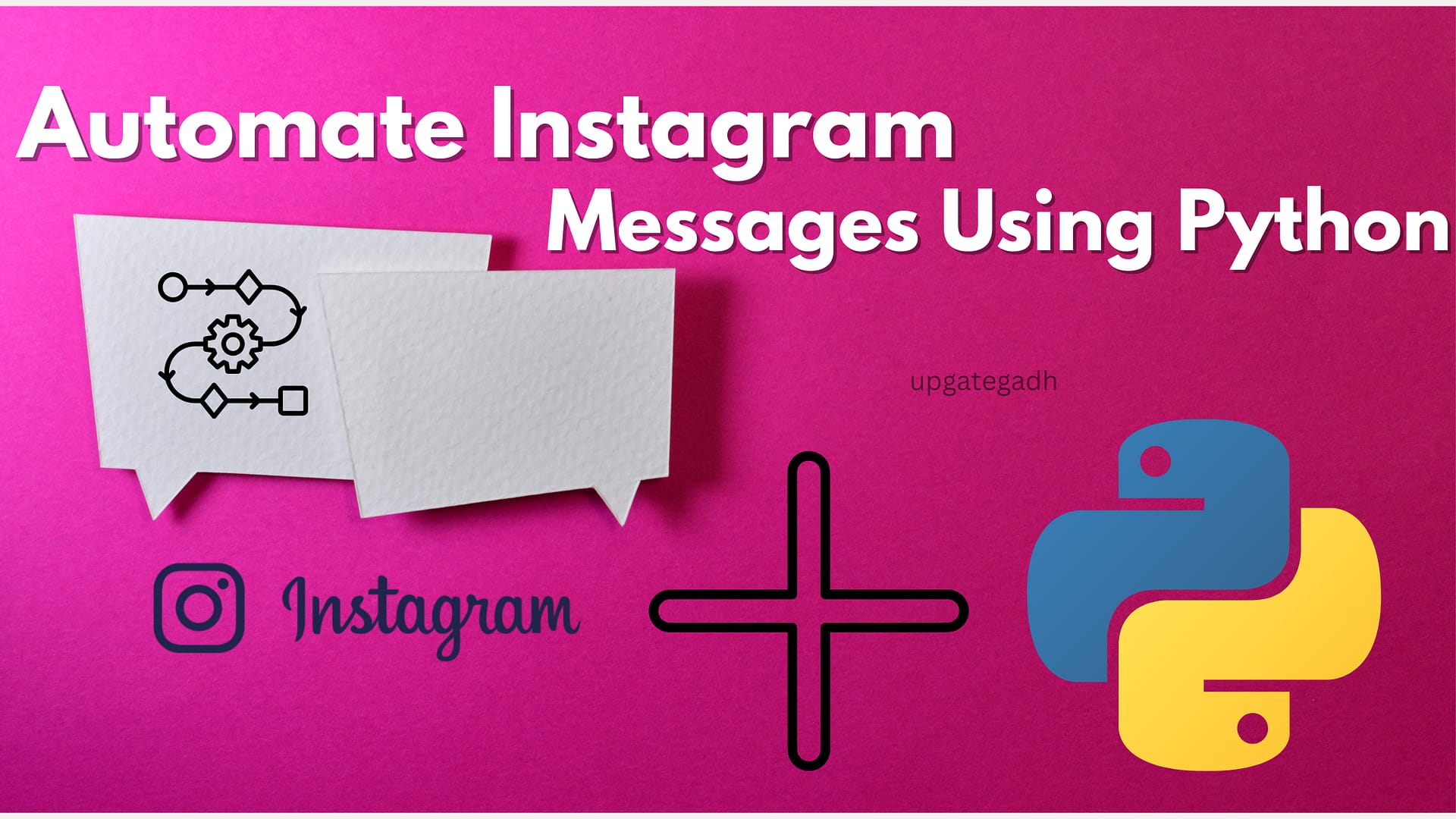
Blockchain Security
What is Blockchain Security
In a time when data is seen as the new gold, data security is more crucial than ever. Blockchain technology, often hailed as a revolutionary force, promises to reshape industries with its decentralized and transparent nature. But as with all technological innovations, security remains a pressing concern. So, what exactly is blockchain security, and why does it matter?
Table of Contents
Understanding Blockchain Technology
Before diving into blockchain security, let’s break down the basics of blockchain itself. Imagine a digital ledger, a record-keeping system that’s distributed across a network of computers. Each time a transaction occurs, it gets recorded as a “block” on this ledger. What makes blockchain unique is that these blocks are linked (or “chained”) together in chronological order, and once a block is added, it cannot be altered or deleted.The immutability of blockchain technology is one of its key benefits.
Blockchain Security Matters

Blockchain’s promise lies in its decentralized nature—no single entity controls the entire system. This lack of a central authority makes it more resilient to attacks, but it also opens up new challenges. Security in blockchain isn’t just about protecting the technology; it’s about safeguarding trust. Trust that your data is secure, that your transactions are legitimate, and that your assets are protected from malicious actors.
Key Components of Blockchain Security
- Cryptographic Security: Cryptography is the foundation of blockchain security. Blockchain uses complex mathematical algorithms to encrypt data, ensuring that only authorized parties can access it. Public and private keys are fundamental tools in this process, protecting user identities and securing transactions.
- Decentralization: Blockchain functions on a peer-to-peer network, in contrast to conventional systems that depend on a central authority. Because of its decentralization, the system is more resilient to assaults and less likely to experience a single point of failure.
- Consensus Mechanisms: In a blockchain network, consensus mechanisms (like Proof of Work or Proof of Stake) ensure that all participants agree on the validity of transactions. This consensus is critical to maintaining the integrity of the blockchain.
- Immutability: Once data is recorded on the blockchain, it cannot be altered. This immutability makes it nearly impossible for hackers to manipulate transaction records, ensuring the accuracy and reliability of the data.
Common Threats to Blockchain Security
While blockchain technology offers robust security features, it’s not immune to threats. Some common challenges include:
- 51% Attacks: In this scenario, a single entity or group gains control of more than 50% of the network’s mining power. With this control, they can manipulate the blockchain, potentially reversing transactions and double-spending assets.
- Smart Contract Vulnerabilities: Smart contracts are self-executing contracts with the terms of the agreement directly written into code. While powerful, they’re also susceptible to bugs and vulnerabilities, which can be exploited by attackers.
- Phishing Attacks: Even in a blockchain system, human error remains a risk. Phishing attacks, where malicious actors trick users into revealing their private keys or other sensitive information, can compromise the security of blockchain assets.
Enhancing Blockchain Security
Given these threats, what can be done to enhance blockchain security?
- Regular Audits: Blockchain system vulnerabilities may be found and fixed before they can be exploited with the use of regular security audits.
- Multi-Signature Wallets: Several private keys are needed in multi-signature (or multi-sig) wallets in order to approve a transaction. This added layer of security can protect assets from being stolen if one key is compromised.
- Education and Awareness: One of the most effective ways to protect against security threats is through education. Users should be informed about the risks and best practices for securing their blockchain assets.
- Implementing Advanced Consensus Mechanisms: As blockchain technology evolves, so too do consensus mechanisms. More advanced mechanisms like Byzantine Fault Tolerance (BFT) and Delegated Proof of Stake (DPoS) offer enhanced security features that protect against various attack vectors.
Real-World Applications of Blockchain Security
Blockchain security isn’t just a theoretical concept—it’s being applied in real-world scenarios. From securing financial transactions to protecting supply chain data, blockchain is making its mark across industries.
- Financial Services: Blockchain’s ability to secure transactions and reduce fraud is transforming the financial industry. Banks and financial institutions are increasingly adopting blockchain to protect sensitive data and streamline operations.
- Healthcare: In healthcare, blockchain is being used to secure patient records and ensure data integrity. This technology allows for secure sharing of medical information between providers while protecting patient privacy.
- Supply Chain Management: Blockchain’s transparency and immutability make it ideal for tracking goods throughout the supply chain. This ensures that products are authentic and haven’t been tampered with during transit.
Future of Blockchain Security
As blockchain technology continues to evolve, so too will the threats and challenges it faces. But with ongoing innovation and a focus on security, the future of blockchain looks promising. From enhancing existing protocols to developing new security solutions, the blockchain community is committed to protecting this transformative technology.
- New Project :-https://www.youtube.com/@Decodeit2
- PHP PROJECT:- CLICK HERE
Share this content:





Post Comment